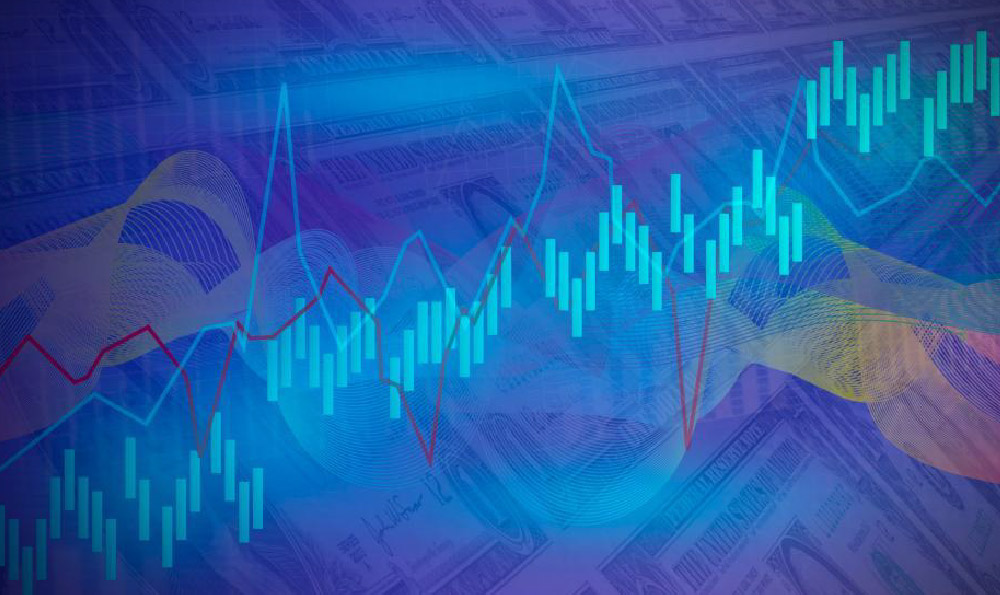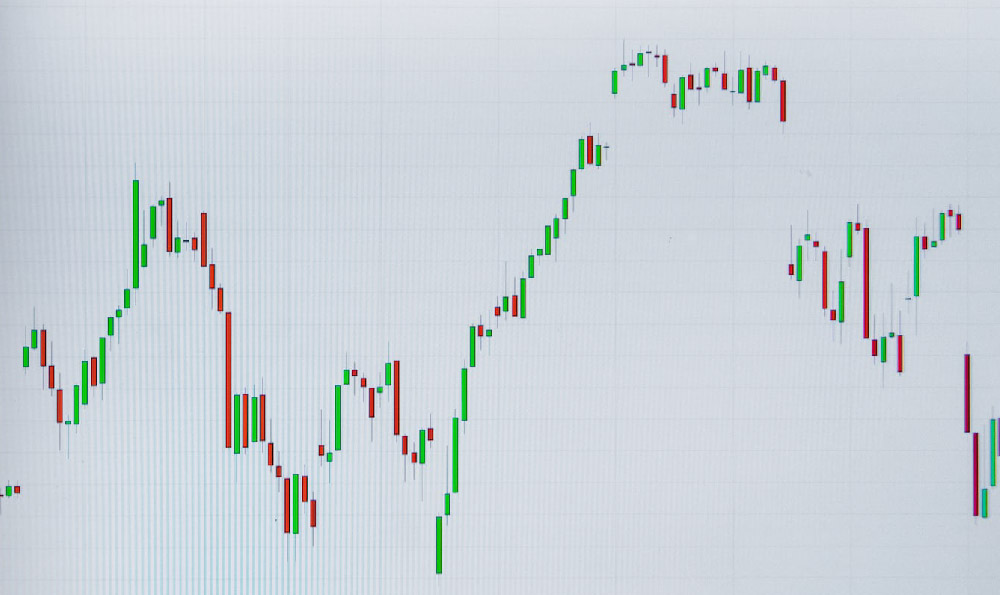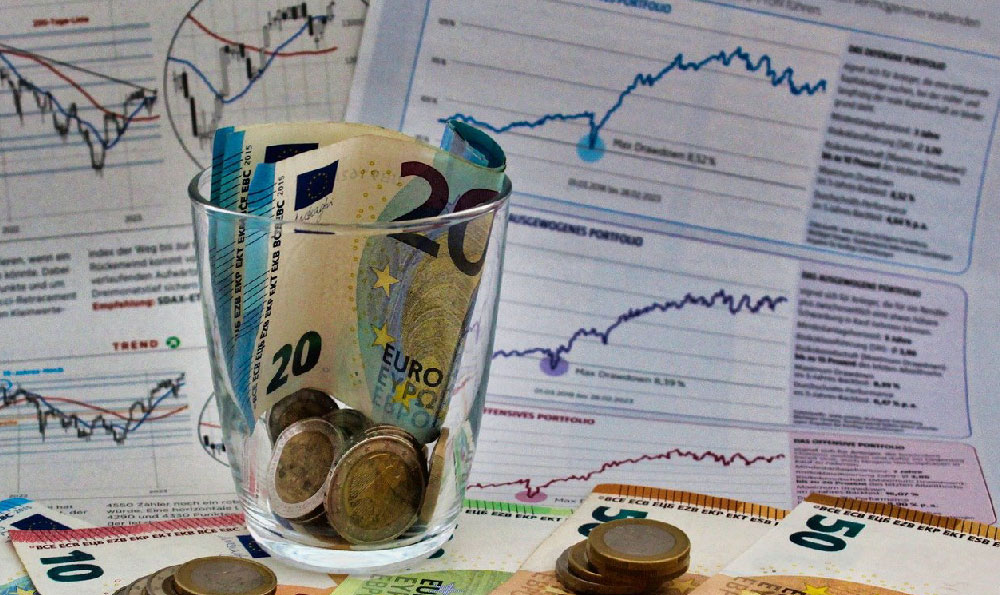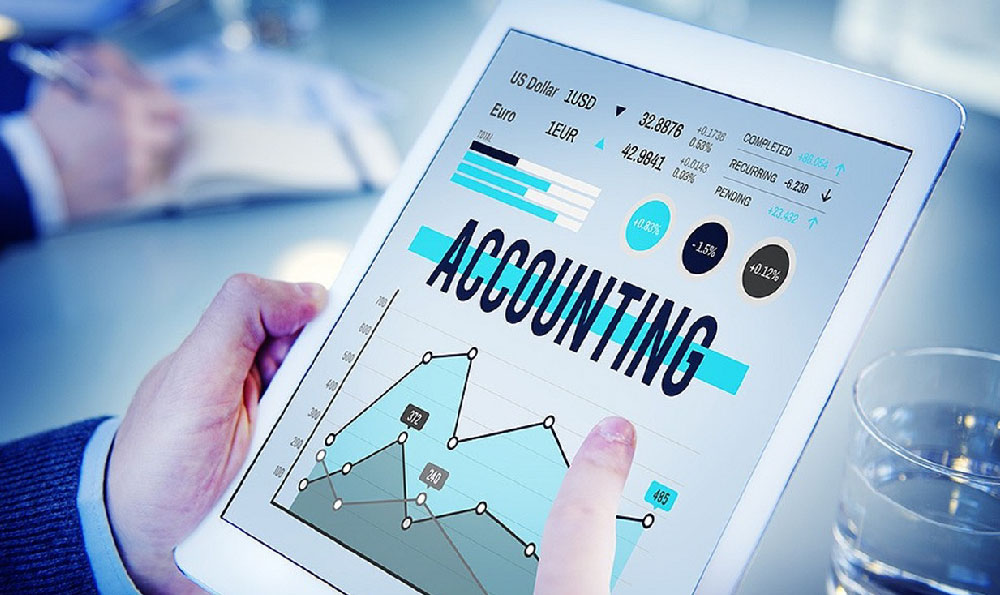Copper ETF Investing: What Is It, and How Do You Do It?

Copper, often dubbed "Dr. Copper" for its supposed ability to diagnose the health of the global economy, is a vital industrial metal used in everything from construction and electronics to renewable energy technologies. Given its wide-ranging applications, demand for copper is closely tied to economic growth and technological advancements. This connection has led to increasing interest in copper as an investment, and one popular avenue for exposure is through Copper Exchange Traded Funds (ETFs). Let's delve into the world of copper ETFs, exploring what they are, how they work, and how you can potentially incorporate them into your investment portfolio.
A copper ETF is a type of exchange-traded fund that aims to track the price of copper. Unlike directly purchasing physical copper (which presents logistical challenges and storage costs), a copper ETF allows investors to gain exposure to the metal's price movements through a relatively liquid and accessible investment vehicle. These ETFs typically achieve this objective through one of two primary methods.
The first, and most common, approach involves investing in copper futures contracts. Futures contracts are agreements to buy or sell a specific commodity (in this case, copper) at a predetermined price and date in the future. The ETF manager constantly rolls these contracts, meaning they sell expiring contracts and buy new ones with later expiration dates. This process ensures the ETF maintains its exposure to copper prices, but it can also lead to what's known as "contango" or "backwardation." Contango occurs when futures prices are higher than the spot price of copper, resulting in a cost to roll the contracts. Backwardation, conversely, occurs when futures prices are lower than the spot price, potentially leading to a positive return on the roll.

The second method, though less prevalent, involves investing in the equity of companies involved in the copper industry. These companies may include copper miners, smelters, or fabricators. While this approach provides exposure to copper prices, it's also influenced by the specific performance of the underlying companies, their management, and broader market conditions affecting the mining industry. The performance of such an ETF will thus correlate with copper price movement but may not directly mirror it.
Investing in copper ETFs can offer several potential benefits. Diversification is a key advantage. Including copper in your portfolio can help diversify your holdings beyond traditional asset classes like stocks and bonds. Copper's price often moves independently of these assets, potentially reducing overall portfolio volatility. Furthermore, copper can act as an inflation hedge. Historically, commodities like copper have tended to increase in value during periods of inflation, as rising prices for raw materials drive up production costs. Moreover, accessibility is improved. Copper ETFs provide an easy and cost-effective way to gain exposure to copper without the complexities of physically storing and insuring the metal. It lowers the barrier to entry for retail investors looking to add this commodity to their portfolio.
However, it's crucial to understand the risks involved. Copper prices can be highly volatile, influenced by factors such as global economic growth, supply disruptions, and geopolitical events. This volatility can lead to significant fluctuations in the value of copper ETFs. The aforementioned contango and backwardation in futures markets can also impact returns. In a contango environment, the cost of rolling futures contracts can erode returns over time. Selecting the right copper ETF is critical. Understand the ETF's underlying strategy, expense ratio, and trading volume. Lower expense ratios mean more of your investment goes directly towards tracking the price of copper. Higher trading volume indicates greater liquidity, making it easier to buy and sell shares without significantly impacting the price.
Before investing in any copper ETF, it's essential to conduct thorough research and consider your own investment objectives, risk tolerance, and time horizon. Are you seeking short-term gains or long-term exposure to copper? Do you have a high or low tolerance for risk? Your answers to these questions will help you determine whether a copper ETF is appropriate for your portfolio and, if so, which type of ETF best aligns with your goals. Don't allocate a disproportionate amount of your portfolio to copper ETFs. A well-diversified portfolio should include a mix of asset classes to mitigate risk. Start small and gradually increase your position as you become more comfortable with the investment. Continuously monitor your investment and be prepared to adjust your strategy as market conditions change. Stay informed about factors affecting copper prices, such as global economic trends, supply and demand dynamics, and geopolitical events.
In conclusion, copper ETFs offer a convenient way to gain exposure to the price of copper and potentially diversify your investment portfolio. However, it's crucial to understand the risks involved, carefully select the right ETF, and incorporate it into a well-diversified investment strategy. By conducting thorough research, understanding the market dynamics, and managing your risk effectively, you can potentially benefit from investing in copper ETFs. Remember, this is not financial advice, and consulting a qualified financial advisor is always recommended before making any investment decisions. They can provide personalized guidance based on your individual circumstances and financial goals.















